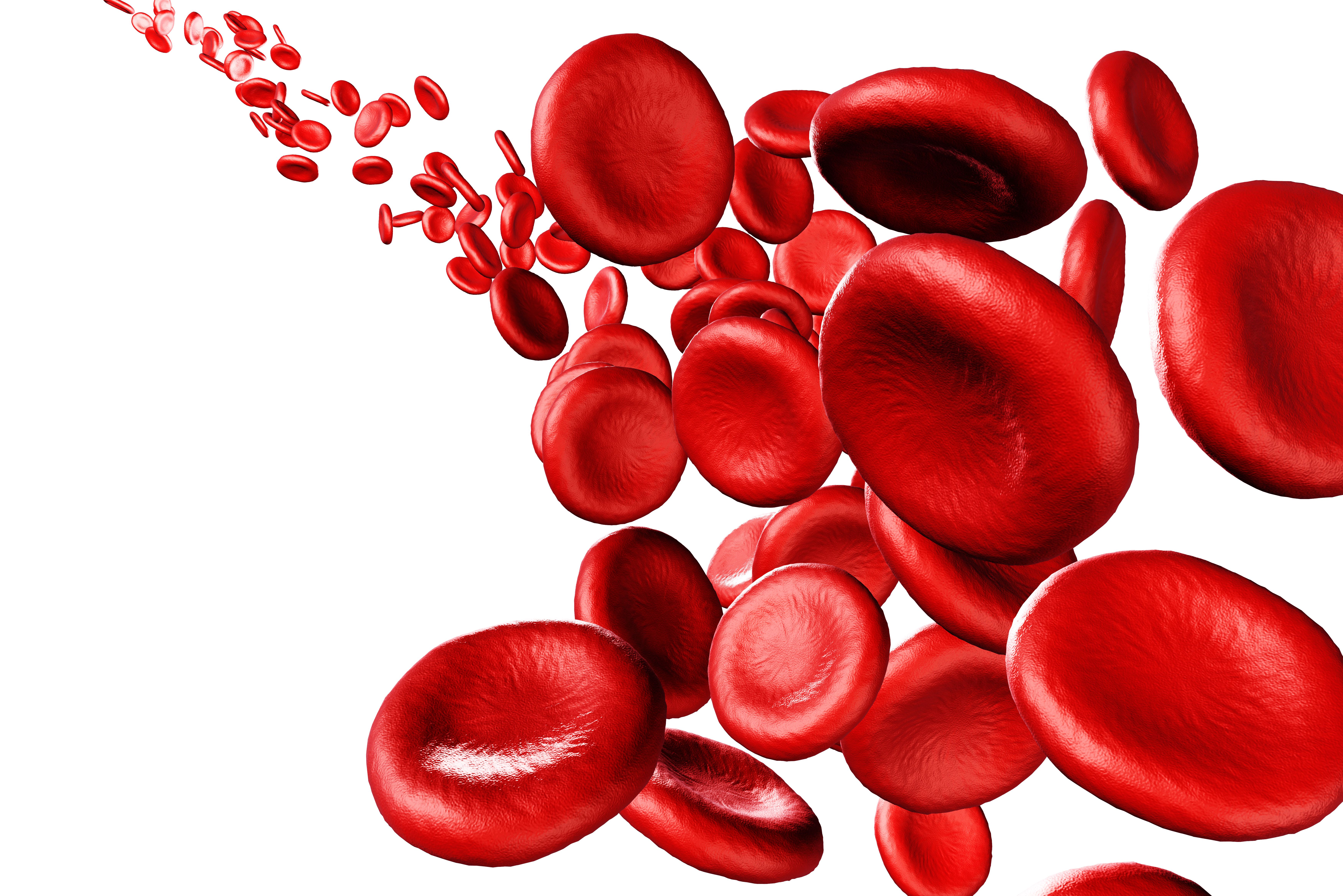Rusfertide Earns FDA BTD for Erythrocytosis in Polycythemia Vera
Results from the phase 3 VERIFY trial of rusfertide for erythrocytosis in patients with polycythemia vera led to the FDA decision.
Results from the phase 3 VERIFY trial of rusfertide for erythrocytosis in patients with polycythemia vera led to the FDA decision.

The FDA has granted breakthrough therapy designation to rusfertide for the treatment of erythrocytosis in patients with polycythemia vera (PV), according to a press release from Protagonist Therapeutics.1
Results from the phase 3 VERIFY study (NCT05210790) led to the decision, with data being presented at the 2025 American Society of Clinical Oncology Annual Meeting. Rusfertide is a potential first-in-class hepcidin-mimetic peptide.2
"We are very pleased with the FDA's decision to grant breakthrough therapy designation to rusfertide, which underscores its potential to demonstrate substantial improvement over available PV therapies," Dinesh V. Patel, PhD, president and CEO at Protagonist, said in the press release.1 “We remain on track for [new drug application] submission of rusfertide in polycythemia vera by the end of this year."
A total of 283 patients were randomly assigned to receive either rusfertide plus the current standard of care (CSC) or placebo plus CSC. The trial included 3 different parts:
- Part 1a involved patients being assessed from weeks 0 to 32 and treated with subcutaneous rusfertide or placebo at 20 mg every week, with dosing levels ranging from 10 to 90 mg.
- Part 1b occurred from weeks 32 to 52, and rusfertide was given at the same dose as part 1a.
- Part 2 occurred from weeks 52 to 156 and allowed dose levels of 10 to 120 mg.
The primary end point was clinical response from weeks 20 to 32.
Baseline patient characteristics for part 1a showed a median age of 57 years, 73.0% were male, 46.4% were in the high-risk category of being 60 years or older and/or having a prior thromboembolic event, the median PV duration was 2.9 years, and 23 patients required 7 or more therapeutic phlebotomies.
A total of 56.0% of patients in part 1a had concurrent cytoreductive medication, 39.2% had hydroxyurea, 13.3% had interferon therapy, and 2.7% received ruxolitinib (Jakafi). A total of 76.9% were responders in the rusfertide arm vs 32.9% in the placebo arm (P < .0001).
Across subgroups, rusfertide plus CSC maintained a response benefit compared with placebo plus CSC. The mean number of phlebotomies reduced from weeks 0 to 32 in the rusfertide plus CSC arm was 0.5 compared with 1.8 in the placebo arm (P < .0001). Additionally, 62.6% of patients in the rusfertide arm were able to maintain their hematocrit of less than 45% through week 32 compared with 14.4% in the placebo arm (P < .0001).
Those in the rusfertide arm had an improvement in their Patient Reported Outcomes Measurement Information System Fatigue Short Form 8a total t score at week 32 of –1.78 compared with 0.17 in the placebo arm; the least square mean difference was –1.95 (P = .0268). There was also an improvement in the Myelofibrosis Symptom Assessment Form Total Symptom Score 7-item score of –2.40 vs –0.54; the least square mean difference was –1.87 (P = .0239).
The most frequent treatment-emergent adverse effects (TEAEs) between the rusfertide and placebo arms were injection site reactions (55.9% vs 32.9%), anemia (15.9% vs 4.1%), fatigue (15.2% vs 15.8%), headache (10.3% vs 11.6%), and COVID-19 (9.7% vs 11.0%). Discontinuation due to TEAEs occurred in 5.5% of patients in the rusfertide arm and 2.7% in the placebo arm.
Prior to random assignment, 10 skin malignancies were detected, and during part 1a, 8 patients had non-PV cancer events. In 3.4% of patients in the rusfertide arm and 4.8% in the placebo arm, serious AEs occurred.
References
- Rusfertide receives breakthrough therapy designation for treatment of erythrocytosis in patients with polycythemia vera. News release. Protagonist Therapeutics. August 25, 2025. Accessed August 25, 2025. https://tinyurl.com/4uekd7ce
- Kuykendall AT, Pemmaraju N, Pettit K, et al. Results from VERIFY, a phase 3, double-blind, placebo (PBO)-controlled study of rusfertide for treatment of polycythemia vera (PV). J Clin Oncol. 2025;43(suppl 17):LBA3. doi:10.1200/JCO.2025.43.17_suppl.LBA3
Navigating AE Management for Cellular Therapy Across Hematologic Cancers
A panel of clinical pharmacists discussed strategies for mitigating toxicities across different multiple myeloma, lymphoma, and leukemia populations.